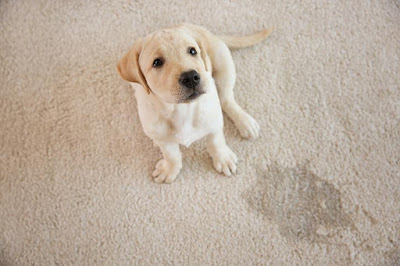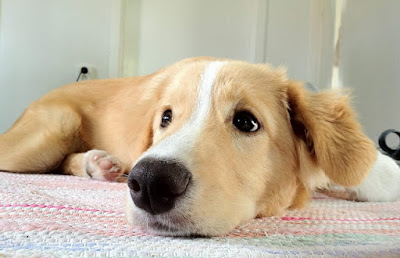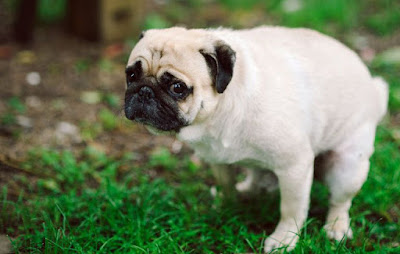Does chewing your dog kill everything you have? Dogs chewing wood objects are a big problem for many dog owners. If you were a dog, you would also like wood. The wood smells good, tastes good and has a nice texture for dogs. So you see, it will be difficult to solve this problem. You must stop your dog from chewing everything discover many different techniques to find out what works best for your dog. Then you have to combine them with training techniques. OK, let's start.
Dogs need enough exercise.
Depending on the breed of your dog you need 20 minutes to several hours daily. This can include things like walking, running or swimming. If you have water nearby, swimming will burn the extra energy very fast. If you live in the city, it can be a bit harder to let your dog go. You can ride a bike while your dog is running. If you play to pick up your dog, do not use a stick. This will increase your desire for wood.
Dogs also have a spirit!
Your dog needs your sometimes stimulated mind like us. Otherwise, they may become bored and engage in destructive behavior. Working breeds like German Shepard, Rottweiler, Boarder Collie and many others are very affected by this problem. There are very good games to strengthen your brain for your dog. You can check with your veterinarian, the local pet store and even the local grocery store.
Puppies are like babies.
Babies explore the world around them and check them while they put them in their mouths. Puppies do the same. Did you ever have to take care of a house? You have to do the same for puppies. Make as many things as you can, or where you can not reach them. This eliminates a large amount of unwanted destruction.
At first it was your favorite flip-flops, but now it's these beautiful heels. Your dog has to stop chewing! If you have a dog at home, you know that chewing for dogs is an instinct and that they behave according to their learned instinct and behavior. In the dog world, chewing is completely normal and a necessity in the first 12 months of a dog's life as the dog then goes through its break-in phase.
Your dog can take care of everything in your house and chew your books, shoes, chairs, toys or even your important documents. Avoid your dog chewing all your favorite things and teaching them good manners before you go too far. You can start by encouraging your dog to eliminate his toothing needs himself. So always keep chews ready for your dog. If you have noticed that your dogs are used to chewing, you will find that you like to chew leather and shoes for two reasons. You feel your beloved teacher and two, he just has a delicious taste. So what you should do is make your dog's chew more attractive than your shoes. Fill the hollow part of your chew toy with treats so your dog eats it all day. You can throw chews into your laundry basket and the smell may well be on your friend's skin.
In addition, you must teach your dog obedience at this age, as you can learn the most during this time. Since biting dogs is very natural, show your dog that it is not okay to chew on shoes, shoes or anything else. You can do this with a single command such as 'no' or 'stop', but make sure you only use one command to do one action so as not to confuse your little bitch. If you see your dog heading for something or if you put something in your mouth, take it out and give it the chew toy.
If you have more than one dog, keep the one who has the habit of not biting from those who do not bite because it is a habit that is easily contagious. You should also have additional toys for chewing, so that the other has something to chew when a dog takes a toy. Once your dog has learned to chew on his own toy, reward him with treats, compliments, and friendly gestures to let his dog know he's doing something right.
Visit my blog, where you'll find this lesson on obedience dog training. You'll see some examples of things you can do today, right now, to teach this potentially life-saving skill to your dog.
References:
https://getfreedogtraining.com/how-to-stop-a-dog-from-chewing-everything/
https://www.freedogtrainingclasses.com/tips-for-dog-obedience-training/





























